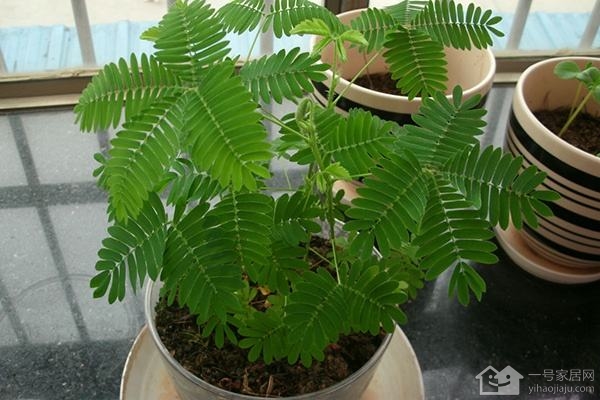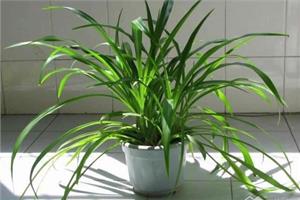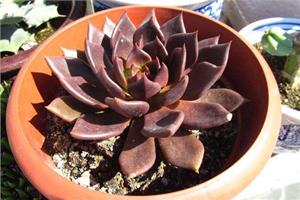Is the mimosa poisonous?
Mimosa originated from tropical South America. With the international development, mimosa has been widely cultivated in China. Mimosa has a strong ability to adapt to the environment and likes to grow in a warm and humid environment. It is more common in hillside jungles and roadside humid places. Now many families plant mimosa as a family ornamental plant. Let's see if mimosa is poisonous.

A brief introduction to Mimosa
We all know that plants do not have a nervous system, which is an important feature that distinguishes them from animals. But the stress response of mimosa behaves more like animal behavior. Why? This should start from the physiological composition of mimosa.
In the position of the petiole and the base of the leaf of mimosa, there is an inflated part, which is called the leaf pillow. And the leaf pillow is the core reason for the shyness of the mimosa. There is a vascular bundle in the middle of the leaf pillow, surrounded by parenchyma. When the leaf pillow which is most sensitive to stimulation is touched, it will cause the cell fluid of the parenchyma cells in the upper half of the leaf occipital to be discharged, resulting in an imbalance of swelling pressure between the upper and lower halves, resulting in the closure and sagging of the leaves.
The stress behavior of mimosa takes only 0.08 seconds before and after the occurrence, that is to say, the conduction velocity is as high as 10cm/s, which can be said to be very fast. And the time to restore the original state will take about 10 minutes for 5 Murray.
The reason why mimosa is shy is closely related to its native environment. The shy prairie comes from tropical South America, where the climate is bad and there are often high winds and torrential rains. In order to protect itself, when the first drop of Rain Water falls on the mimosa leaf, it will close the leaf promptly and effectively and hang its petiole to avoid the damage of the storm, which is the self-adjustment of the biological world.
Second, the classification of mimosa
There is no general classification of mimosa in variety, but it can be divided into prickly mimosa and non-prickly mimosa in appearance.
① has prickles on mimosa-that is, small white hairs grow from the neck of mimosa, with small spines and slightly hard branches and leaves.
② no prickly mimosa-the stem is smooth, without tomentose, and there is no thorn at the branch and leaf bifurcation.
III. Growth habits
The flowers and leaves of the mimosa and its pods have a good ornamental effect, and it is easy to survive, so it is most suitable for potted plants on the balcony and indoors, and it can also be well planted in the courtyard. and the mimosa is different from the general plant, when it is touched by people, the petiole will droop and the leaves will close, so people understand it as shy. It is native to tropical South America and likes a warm and humid environment, but it does not have high requirements for soil.
Is mimosa poisonous
Mimosa-β-D-glucoside is slightly toxic. For long-term contact or use, it can cause the decay of hair follicles in skin cells, causing hair and eyebrows to turn yellow and even fall off. Mimosa has a little toxicity, must not be taken alone, should be used in conjunction with other drugs. In addition, due to mimosa, it can also cause cataracts and growth inhibition.
Although mimosa has wonderful biological characteristics and hairy lovely mimosa flowers, it is toxic and not suitable for indoor breeding, especially in families with children. The above is the introduction of Mimosa poisonous. If you want to know more about mimosa, please pay attention to the No. 1 Home Internet cafe.
- Prev

The Culture method of Cymbidium what to do if the leaves turn yellow
The Culture method of Cymbidium what to do if the leaves turn yellow
- Next

Cultivation techniques of the Black Prince the mode of reproduction of the Black Prince
Cultivation techniques of the Black Prince the mode of reproduction of the Black Prince
Related
- Wuhan Hospital Iron Tree Blooming Result Was Instantly Frightened by the Gardener Master
- Which variety of camellia is the most fragrant and best? Which one do you like best?
- What is the small blue coat, the breeding methods and matters needing attention of the succulent plant
- Dormancy time and maintenance management of succulent plants during dormancy
- Minas succulent how to raise, Minas succulent plant pictures
- What are the varieties of winter succulent plants
- How to raise succulent plants in twelve rolls? let's take a look at some experience of breeding twelve rolls.
- Attention should be paid to water control for succulent plants during dormant period (winter and summer)
- Watering experience of twelve rolls of succulent plants
- Techniques for fertilizing succulent plants. An article will let you know how to fertilize succulent plants.

